Author Archives: Omer Yoachimik
Author Archives: Omer Yoachimik

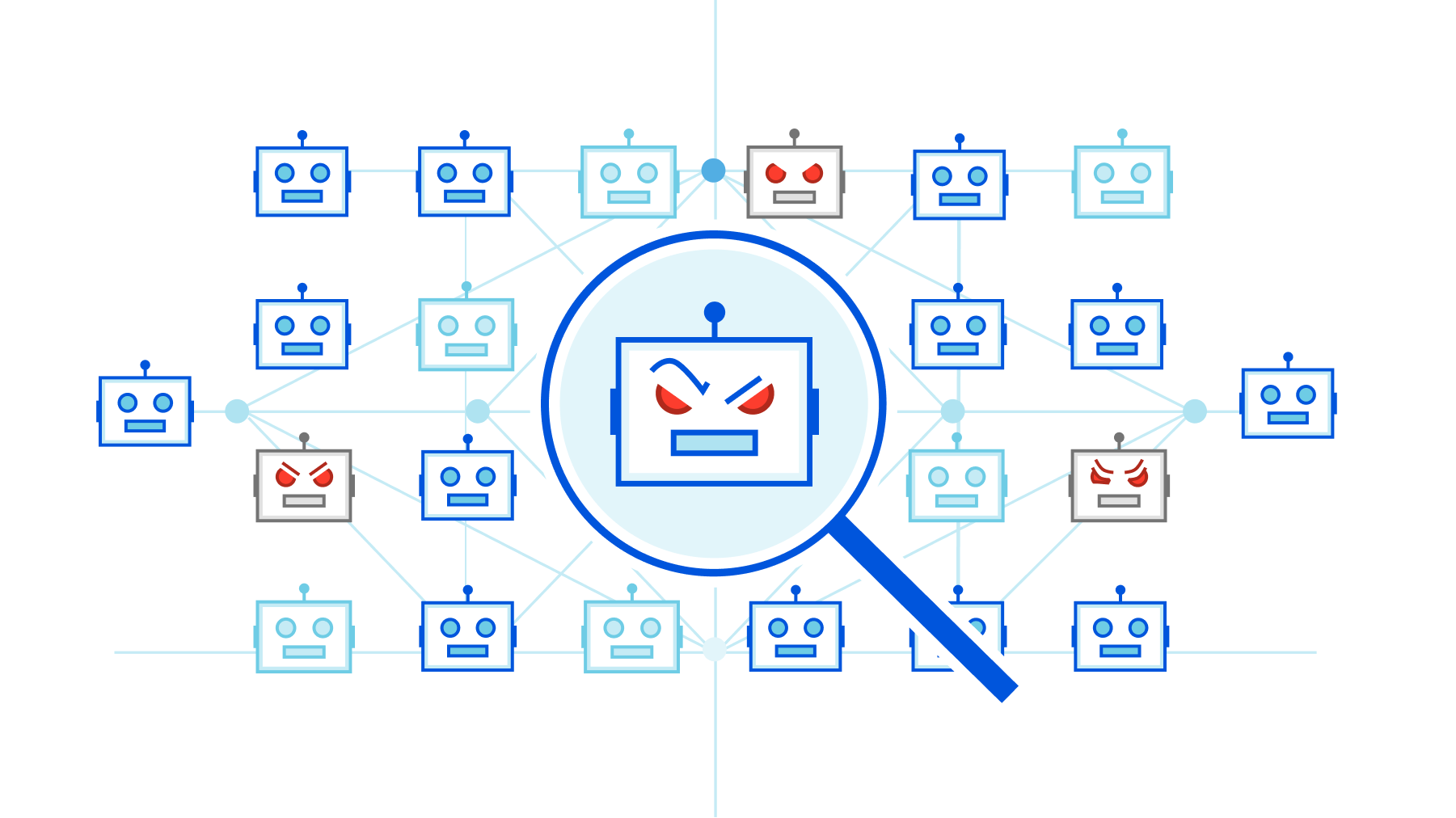
We’re pleased to introduce Cloudflare’s free Botnet Threat Feed for Service Providers. This includes all types of service providers, ranging from hosting providers to ISPs and cloud compute providers.
This feed will give service providers threat intelligence on their own IP addresses that have participated in HTTP DDoS attacks as observed from the Cloudflare network — allowing them to crack down on abusers, take down botnet nodes, reduce their abuse-driven costs, and ultimately reduce the amount and force of DDoS attacks across the Internet. We’re giving away this feed for free as part of our mission to help build a better Internet.
Service providers that operate their own IP space can now sign up to the early access waiting list.
Cloudflare provides services to millions of customers ranging from small businesses and individual developers to large enterprises, including 29% of Fortune 1000 companies. Today, about 20% of websites rely directly on Cloudflare’s services. This gives us a unique vantage point on tremendous amounts of DDoS attacks that target our customers.
DDoS attacks, by definition, are distributed. They originate from botnets of many sources — in some cases, from hundreds of thousands to millions Continue reading


We’re pleased to introduce Advanced DDoS Alerts. Advanced DDoS Alerts are customizable and provide users the flexibility they need when managing many Internet properties. Users can easily define which alerts they want to receive — for which DDoS attack sizes, protocols and for which Internet properties.
This release includes two types of Advanced DDoS Alerts:
Standard DDoS Alerts are available to customers on all plans, including the Free plan. Advanced DDoS Alerts are part of Cloudflare’s Advanced DDoS service.
Distributed Denial of Service attacks are cyber attacks that aim to take down your Internet properties and make them unavailable for your users. As early as 2017, Cloudflare pioneered the Unmetered DDoS Protection to provide all customers with DDoS protection, without limits, to ensure that their Internet properties remain available. We’re able to provide this level of commitment to our customers thanks to our automated DDoS protection systems. But if the systems operate automatically, why even be Continue reading


Every Internet property is unique, with its own traffic behaviors and patterns. For example, a website may only expect user traffic from certain geographies, and a network might only expect to see a limited set of protocols.
Understanding that the traffic patterns of each Internet property are unique is what led us to develop the Adaptive DDoS Protection system. Adaptive DDoS Protection joins our existing suite of automated DDoS defenses and takes it to the next level. The new system learns your unique traffic patterns and adapts to protect against sophisticated DDoS attacks.
Adaptive DDoS Protection is now generally available to Enterprise customers:
The Adaptive DDoS Protection system creates a traffic profile by looking at a customer’s maximal rates of traffic every day, for the past seven days. The profiles are recalculated every day using the past seven-day history. We then store the maximal traffic rates seen for every predefined dimension value. Every profile Continue reading


In June 2022, we reported on the largest HTTPS DDoS attack that we’ve ever mitigated — a 26 million request per second attack - the largest attack on record. Our systems automatically detected and mitigated this attack and many more. Since then, we have been tracking this botnet, which we’ve called “Mantis”, and the attacks it has launched against almost a thousand Cloudflare customers.
Cloudflare WAF/CDN customers are protected against HTTP DDoS attacks including Mantis attacks. Please refer to the bottom of this blog for additional guidance on how to best protect your Internet properties against DDoS attacks.
We named the botnet that launched the 26M rps (requests per second) DDoS attack "Mantis" as it is also like the Mantis shrimp, small but very powerful. Mantis shrimps, also known as “thumb-splitters”, are very small; less than 10 cm in length, but their claws are so powerful that they can generate a shock wave with a force of 1,500 Newtons at speeds of 83 km/h from a standing start. Similarly, the Mantis botnet operates a small fleet of approximately 5,000 bots, but with them can generate a massive force — responsible for the largest Continue reading


We’re thrilled to introduce Cloudflare’s Location-Aware DDoS Protection.
Distributed Denial of Service (DDoS) attacks are cyber attacks that aim to make your Internet property unavailable by flooding it with more traffic than it can handle. For this reason, attackers usually aim to generate as much attack traffic as they can — from as many locations as they can. With Location-Aware DDoS Protection, we take this distributed characteristic of the attack, that is thought of being advantageous for the attacker, and turn it on its back — making it into a disadvantage.
Location-Aware DDoS Protection is now available in beta for Cloudflare Enterprise customers that are subscribed to the Advanced DDoS service.

Cloudflare’s Location-Aware DDoS Protection takes the attacker’s advantage and uses it against them. By learning where your traffic comes from, the system becomes location-aware and constantly asks “Does it make sense for your website?” when seeing new traffic.
For example, if you operate an e-commerce website that mostly serves the German consumer, then most of your traffic would most likely originate from within Germany, some from neighboring European countries, and a decreasing amount as we expand globally to other countries and geographies. If Continue reading


Welcome to our 2022 Q2 DDoS report. This report includes insights and trends about the DDoS threat landscape — as observed across the global Cloudflare network. An interactive version of this report is also available on Radar.
In Q2, we’ve seen some of the largest attacks the world has ever seen including a 26 million request per second HTTPS DDoS attacks that Cloudflare automatically detected and mitigated. Furthermore, attacks against Ukraine and Russia continue, whilst a new Ransom DDoS attack campaign emerged.
Read more about what Cloudflare is doing Continue reading

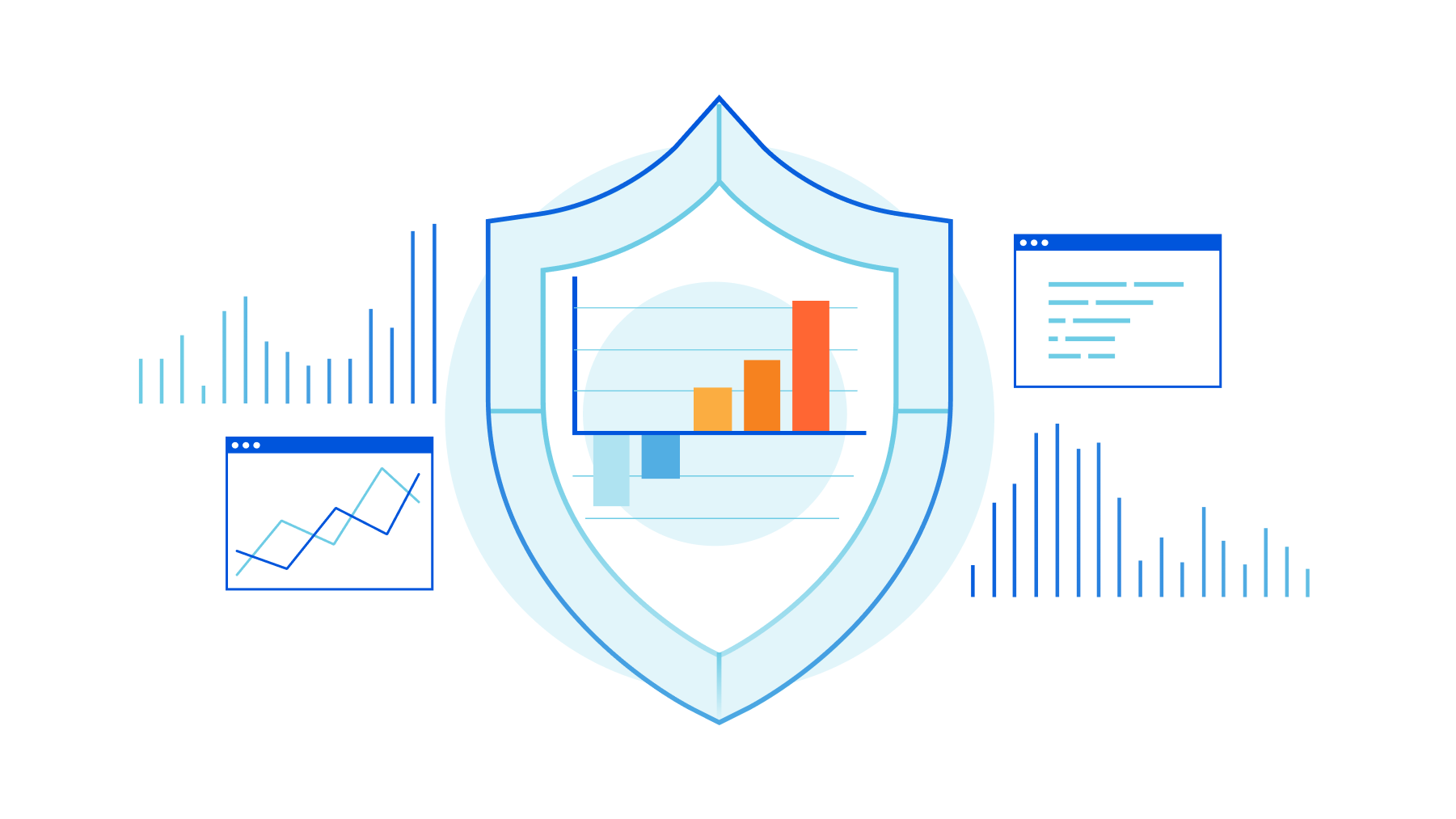
欢迎阅读我们的 2022 年第二季度 DDoS 攻击报告。本报告介绍有关 DDoS 威胁格局的洞察和趋势——反映了在 Cloudflare 全球网络中观察到的情况。本报告的交互式版本可在 Radar 上查看。
第二季度期间,我们观察到一些全球规模最大的攻击,包括一次 每秒 2600 万次请求的 HTTPS DDoS 攻击,这些攻击均被 Cloudflare 自动检测并缓解。此外,针对乌克兰和俄罗斯的攻击继续,并出现了一场新的勒索 DDoS 攻击活动。
进一步了解 Cloudflare 如何使开放互联网正常流入俄罗斯,并阻止攻击出境。
本报告基于 Cloudflare DDoS 防护系统自动检测并缓解的 DDoS 攻击。如需进一步了解其工作原理,请查看这篇深入剖析的博客文章。
简要说明一下我们如何测量在我们网络上观察到的 DDoS 攻击。
为分析攻击趋势,我们计算 “DDoS 活动”率,即攻击流量占我们全球网络上观察到的总流量(攻击+干净)、或在特定地点、或特定类别(如行业或账单国家)流量中的百分比。通过测量百分比,我们能够对数据点进行标准化,并避免绝对数字所反映出来的偏差。例如,如果某个 Cloudflare 数据中心接收到更多流量,则其也可能受到更多攻击。
我们的系统持续分析流量,并在检测到 DDoS 攻击时自动应用缓解措施。每个遭受 DDoS 攻击的客户都会收到自动调查的提示,以帮助我们更好地了解攻击的性质和缓解是否成功。
两年多来,Cloudflare 一直对受到攻击的客户进行调查,其中一个问题是客户是否收到勒索信,要求其支付赎金来换取停止 DDoS 攻击。
第二季度期间,报称收到威胁或勒索信的受访者数量较上一季度和去年同期分别增加 11%。本季度期间,我们缓解了多次勒索 DDoS 攻击,发动者声称是高级持续性威胁(APT)组织 “Fancy Lazarus”。这些攻击活动的主要目标是金融机构和加密货币公司。

第二季度的详细数据显示, 6 月期间,有五分之一的受访者报称遭到一次勒索 DDoS 攻击或威胁——为 2022 年比例最高的月份,也是 2021 年 12 月以来的最高水平。

应用层 DDoS 攻击,特别是 HTTP DDoS 攻击,旨在通过使 HTTP 服务器无法处理合法用户请求来造成破坏。如果服务器收到的请求数量超过其处理能力,服务器将丢弃合法请求甚至崩溃,导致对合法用户的服务性能下降或中断。

第二季度,应用层 DDoS 攻击环比增长 44%。
总体而言,应用层 DDoS 攻击同比增长 44%,但环比减少 16%。5 月是该季度期间攻击最活跃的月份。近 47% 的应用层 DDoS 攻击发生在 5 月,而 6 月的攻击最少(18%)。

对航空航天行业发动的攻击环比增长 256%。
第二季度,航空航天行业是受到最多应用层攻击的行业。其次是银行、金融机构和保险行业(BFSI),排名第三的是博彩行业。

乌克兰的媒体和出版公司受到最多攻击。
随着乌克兰的战事在海陆空继续,网络空间的对抗也在继续。以乌克兰公司为目标的实体似乎在试图掩盖信息。在乌克兰,受到攻击最多的六大行业均在广播、互联网、在线媒体和出版领域——占乌克兰所遭受 DDoS 攻击总数的接近 80%。

在战争的另一方,俄罗斯银行、金融机构和保险行业(BFSI)公司受到最多攻击。接近一半的 DDoS 攻击以 BFSI 领域为目标。第二大目标是加密货币行业,其次为在线媒体。

在战争的双方,我们都看到攻击是高度分布式的,表明使用了全球分布的僵尸网络。
第二季度,源于中国的攻击增长112%,而来自美国的攻击减少 43%。
为了解 HTTP 攻击的来源,我们查看产生攻击的 HTTP Continue reading

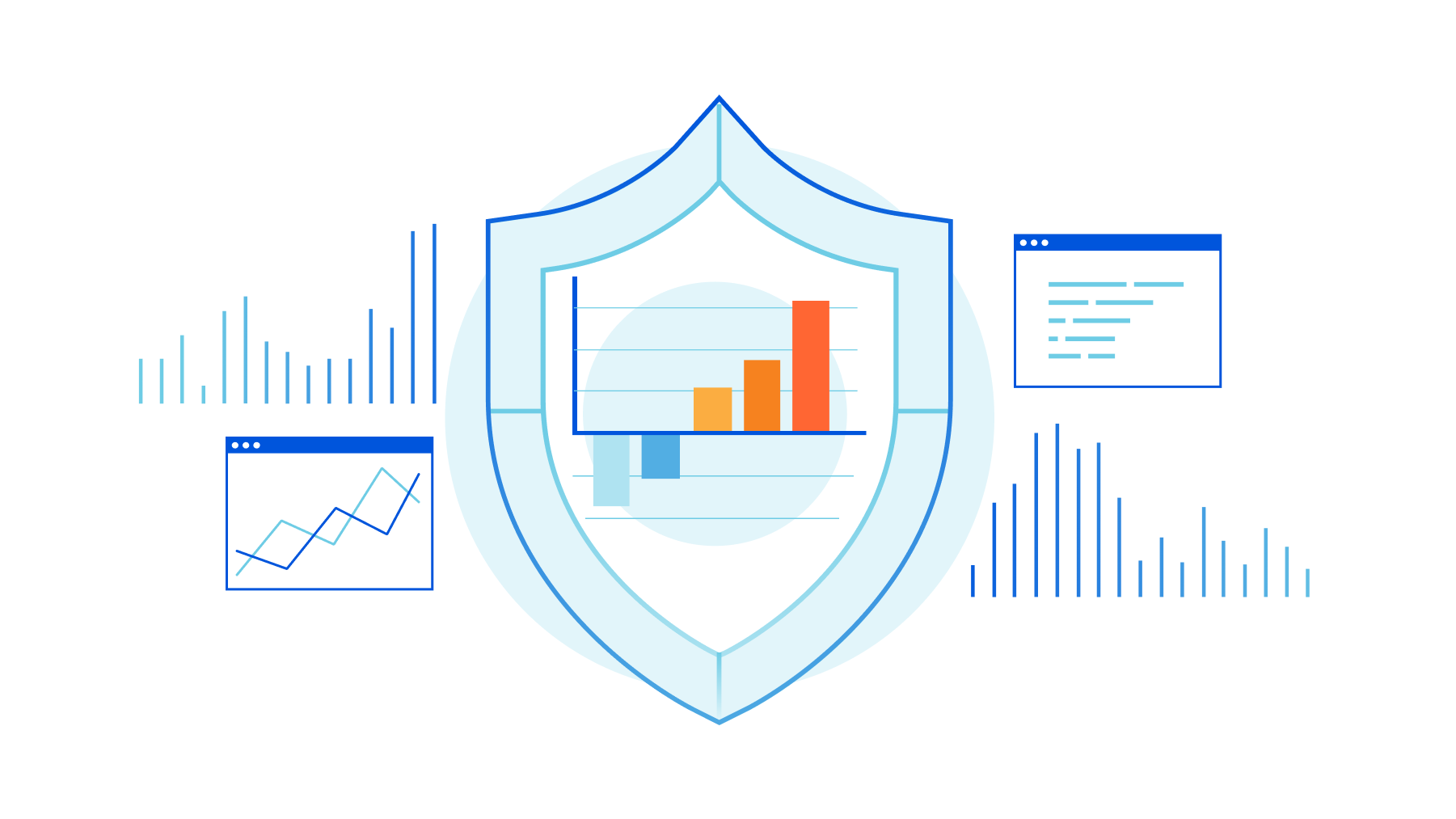
Bem-vindo ao nosso relatório de DDoS do segundo trimestre de 2022. Este relatório inclui informações e tendências sobre o cenário de ameaças DDoS — conforme observado em toda a Rede global da Cloudflare. Uma versão interativa deste relatório também está disponível no Radar.
No segundo trimestre deste ano, aconteceram os maiores ataques da história, incluindo um ataque DDoS por HTTPS de 26 milhões de solicitações por segundo que a Cloudflare detectou e mitigou de forma automática. Além disso, os ataques contra a Ucrânia e a Rússia continuam, ao mesmo tempo em que surgiu uma campanha de ataques DDoS com pedido de resgate.

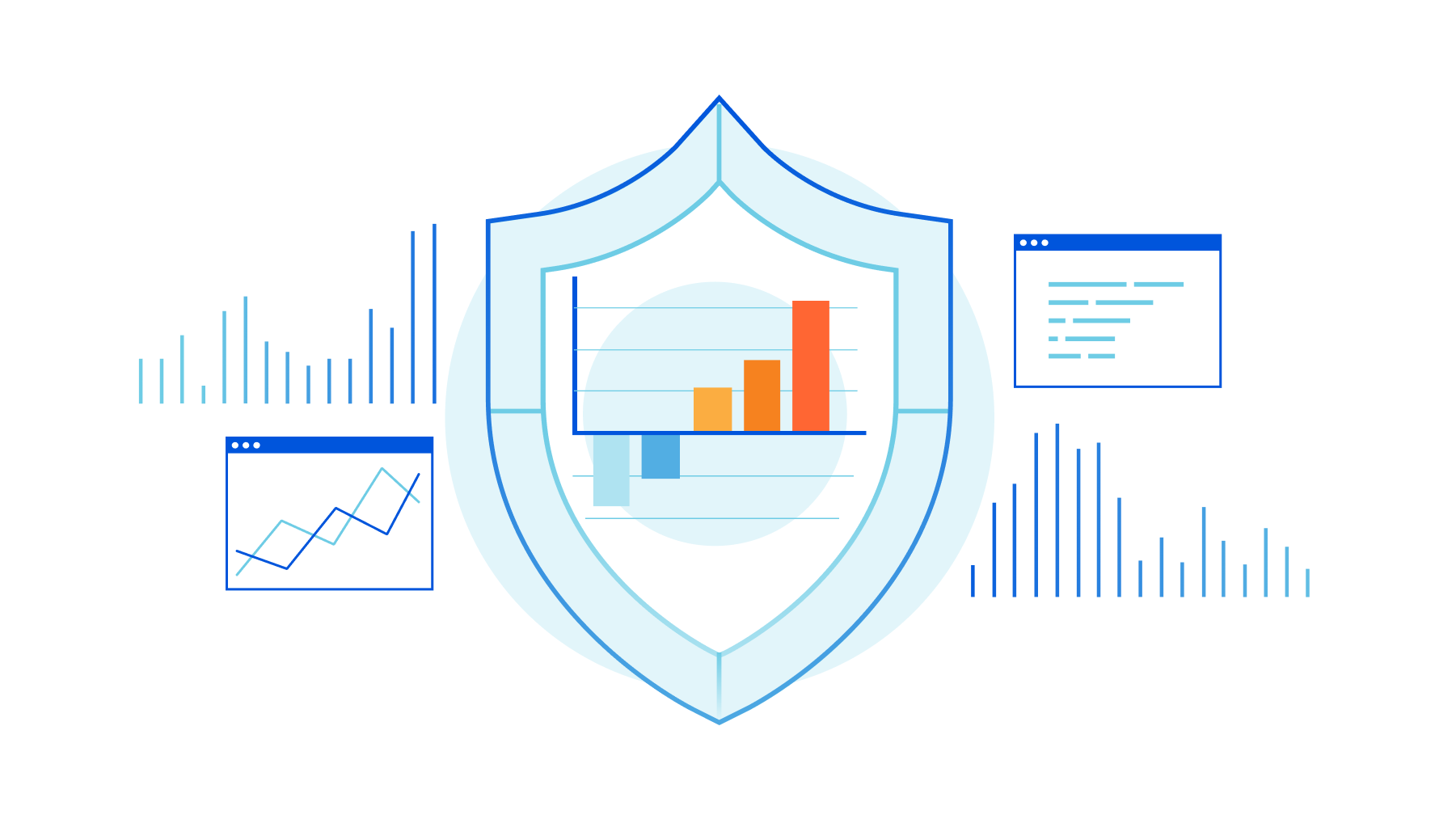
Te damos la bienvenida a nuestro informe sobre los ataques DDoS del segundo trimestre de 2022, que incluye nuevos datos y tendencias sobre el panorama de las amenazas DDoS, según lo observado en la red global de Cloudflare. Puedes consultar la versión interactiva de este informe en Radar.
En el segundo trimestre, hemos observado algunos de los mayores ataques hasta la fecha, incluido un ataque DDoS HTTPS de 26 millones de solicitudes por segundo que Cloudflare detectó y mitigó automáticamente. Además, continúan los ataques contra Ucrania y Rusia, al tiempo que ha aparecido una nueva campaña de ataques DDoS de rescate.

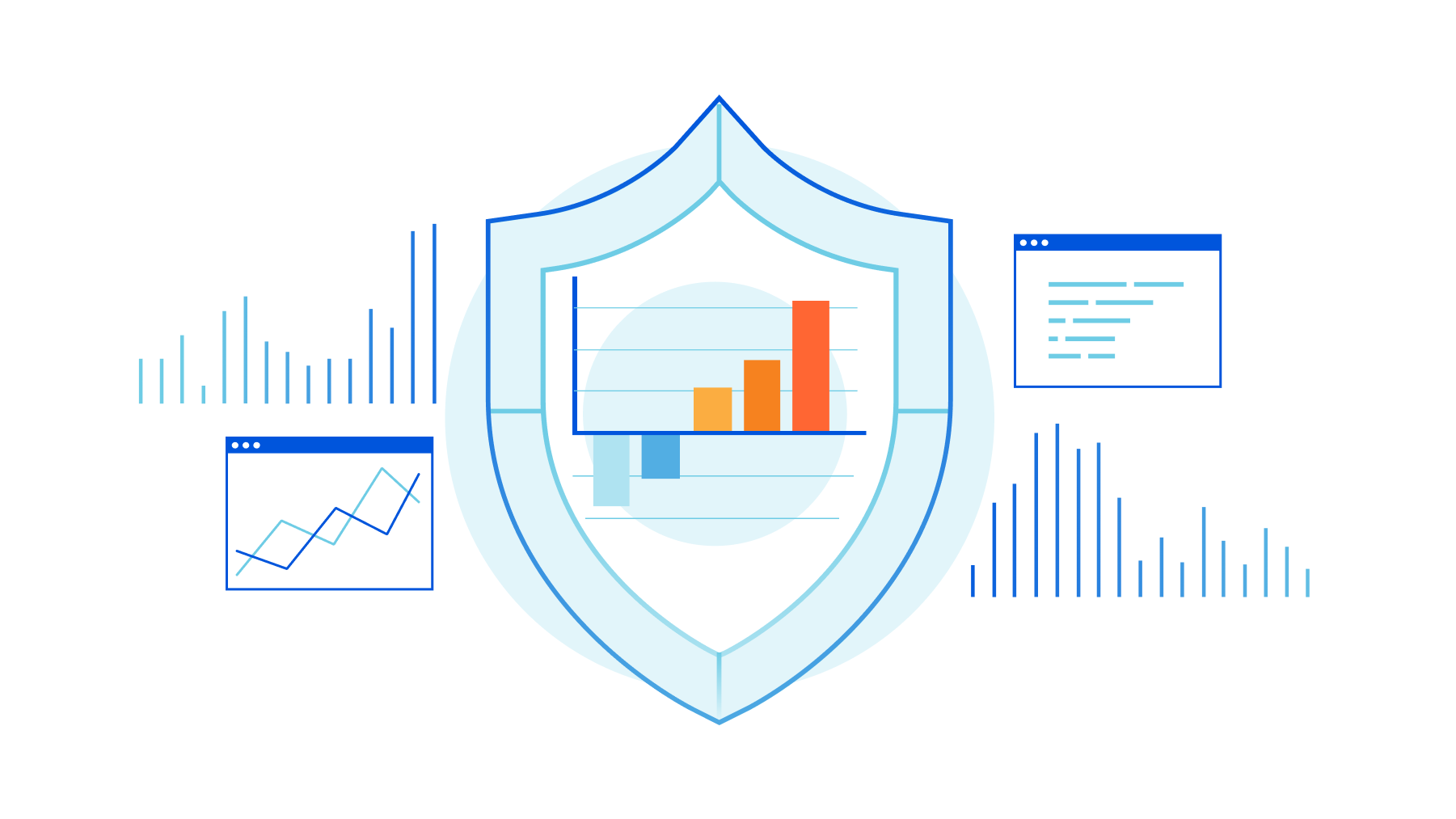
Willkommen zu unserem DDoS-Bericht für das zweite Quartal 2022. Darin beschreiben wir Trends hinsichtlich der DDoS-Bedrohungslandschaft, die sich im globalen Cloudflare-Netzwerk beobachten ließen, und die von uns daraus gezogenen Schlüsse. Eine interaktive Version dieses Berichts ist auch bei Radar verfügbar.
Im zweiten Quartal haben wir einige der größten Angriffen aller Zeiten registriert, darunter eine HTTPS-DDoS-Attacke mit 26 Millionen Anfragen pro Sekunde, die von Cloudflare automatisch erkannt und abgewehrt wurde. Neben fortgesetzten Angriffen auf die Ukraine und Russland hat sich zudem eine neue Ransom-DDoS-Angriffskampagne entwickelt.

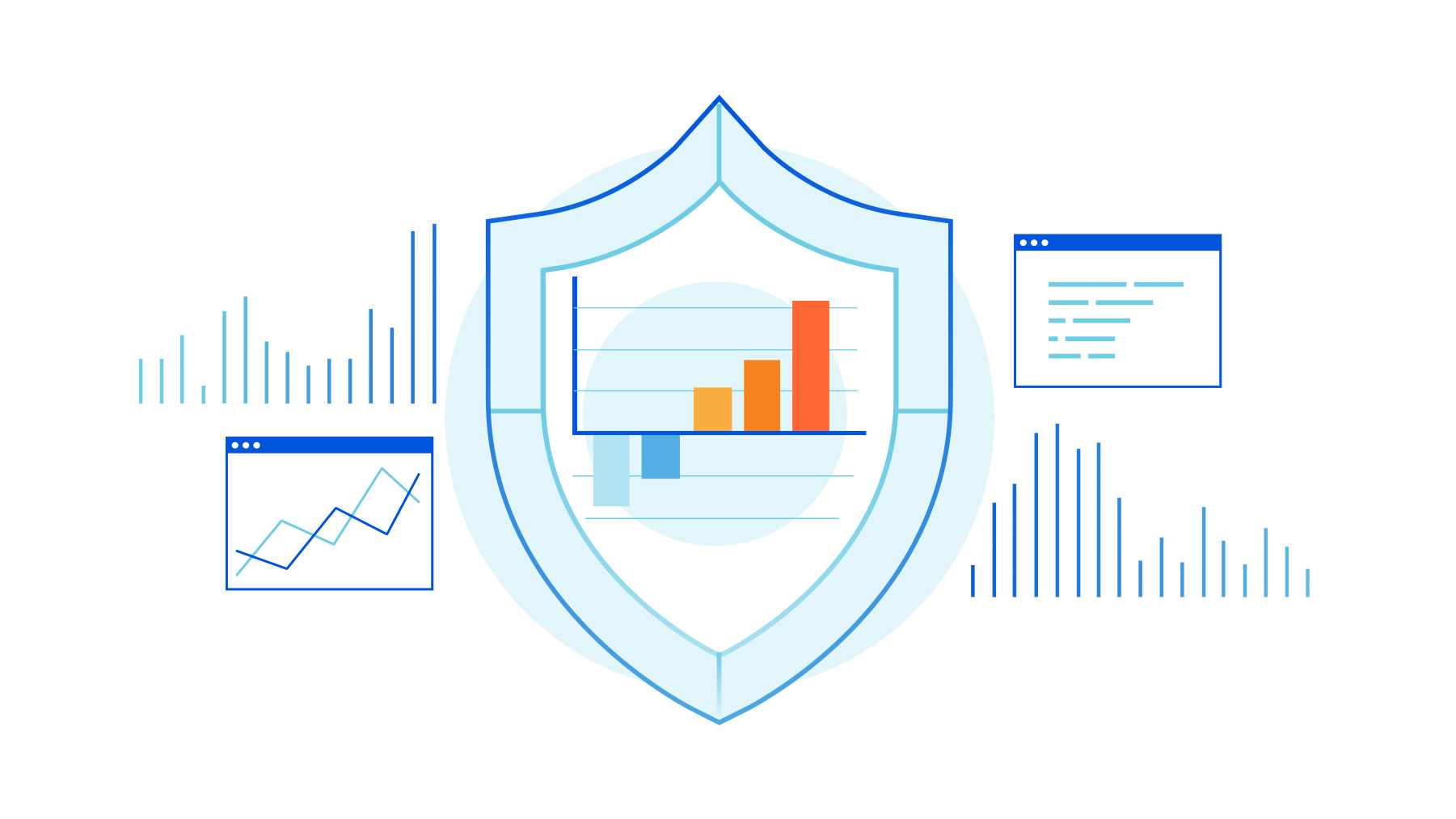
Bienvenue dans notre rapport consacré aux attaques DDoS survenues lors du deuxième trimestre 2022. Ce document présente des tendances et des statistiques relatives au panorama des menaces DDoS, telles qu'observées sur le réseau mondial de Cloudflare. Une version interactive de ce rapport est également disponible sur Radar.
Au cours du deuxième trimestre, nous avons observé certaines des plus vastes attaques jamais enregistrées, notamment une attaque DDoS HTTPS de 26 millions de requêtes par seconde, automatiquement détectée et atténuée par nos soins. Nous avons également constaté la poursuite des attaques contre l'Ukraine et la Russie, de même que l'émergence d'une nouvelle campagne d'attaques DDoS avec demande de rançon.

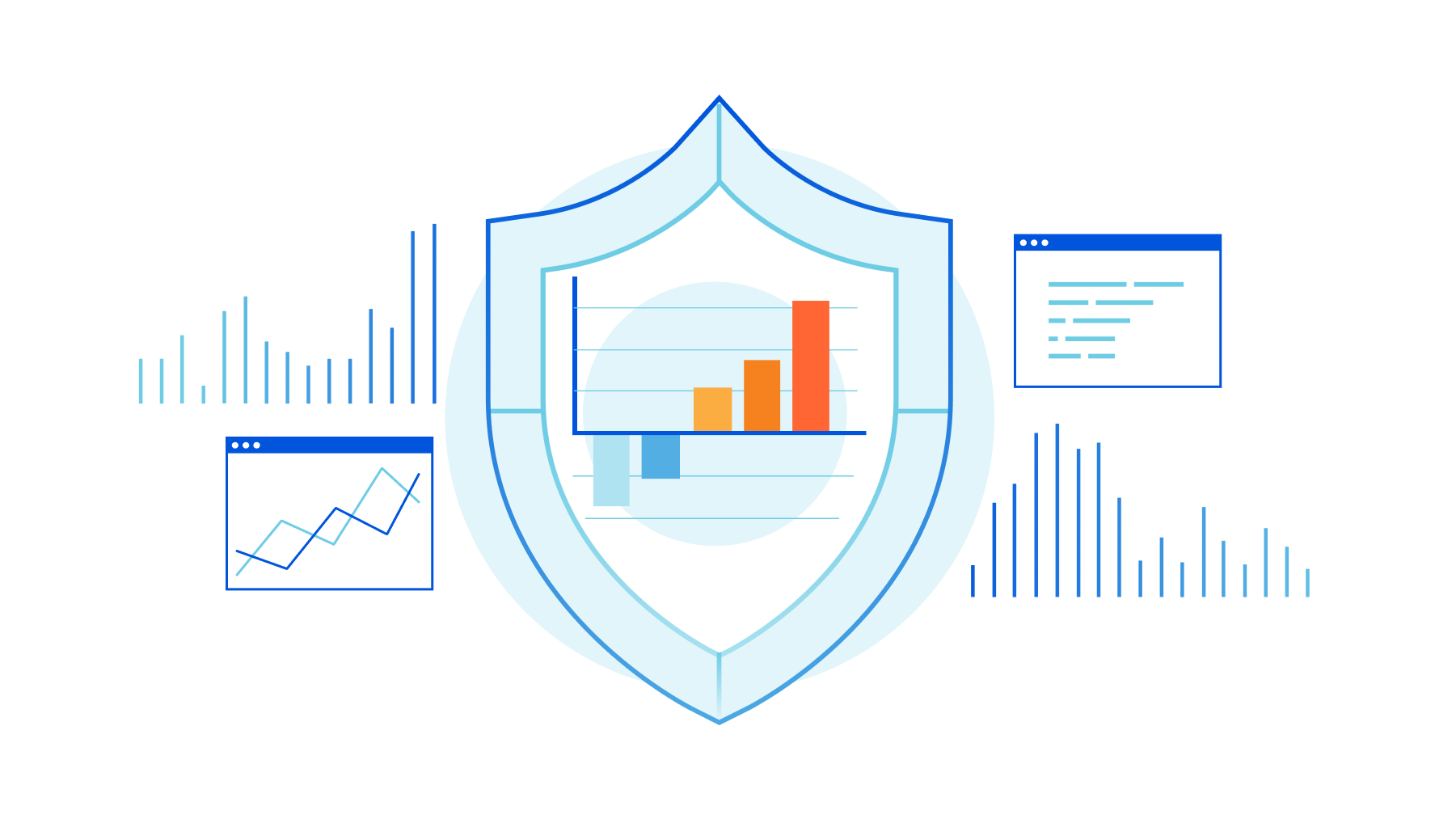
2022년 2분기 DDoS 보고서에 오신 것을 환영합니다. 이 보고서에는 Cloudflare 네트워크 전반에서 관찰된 DDoS 위협 환경에 대한 인사이트와 동향이 담겨있습니다. 이 보고서의 인터랙티브 버전을 Radar에서도 이용할 수 있습니다.
2분기에 우리는 Cloudflare에서 자동으로 감지하고 대처한 초당 2,600만 회의 요청이 이루어진 HTTPS DDoS 공격을 포함하여 사상 최대 규모의 공격을 경험했습니다. 또한, 우크라이나와 러시아에 대한 공격은 지속되고 있으며, 새로운 랜섬 DDoS 공격이 등장하였습니다.
개방형 인터넷이 러시아로 계속 유입되도록 하고 공격이 외부로 유출되지 않도록 차단하기 위해 Cloudflare에서 어떤 일을 하는지 자세히 읽어보세요.

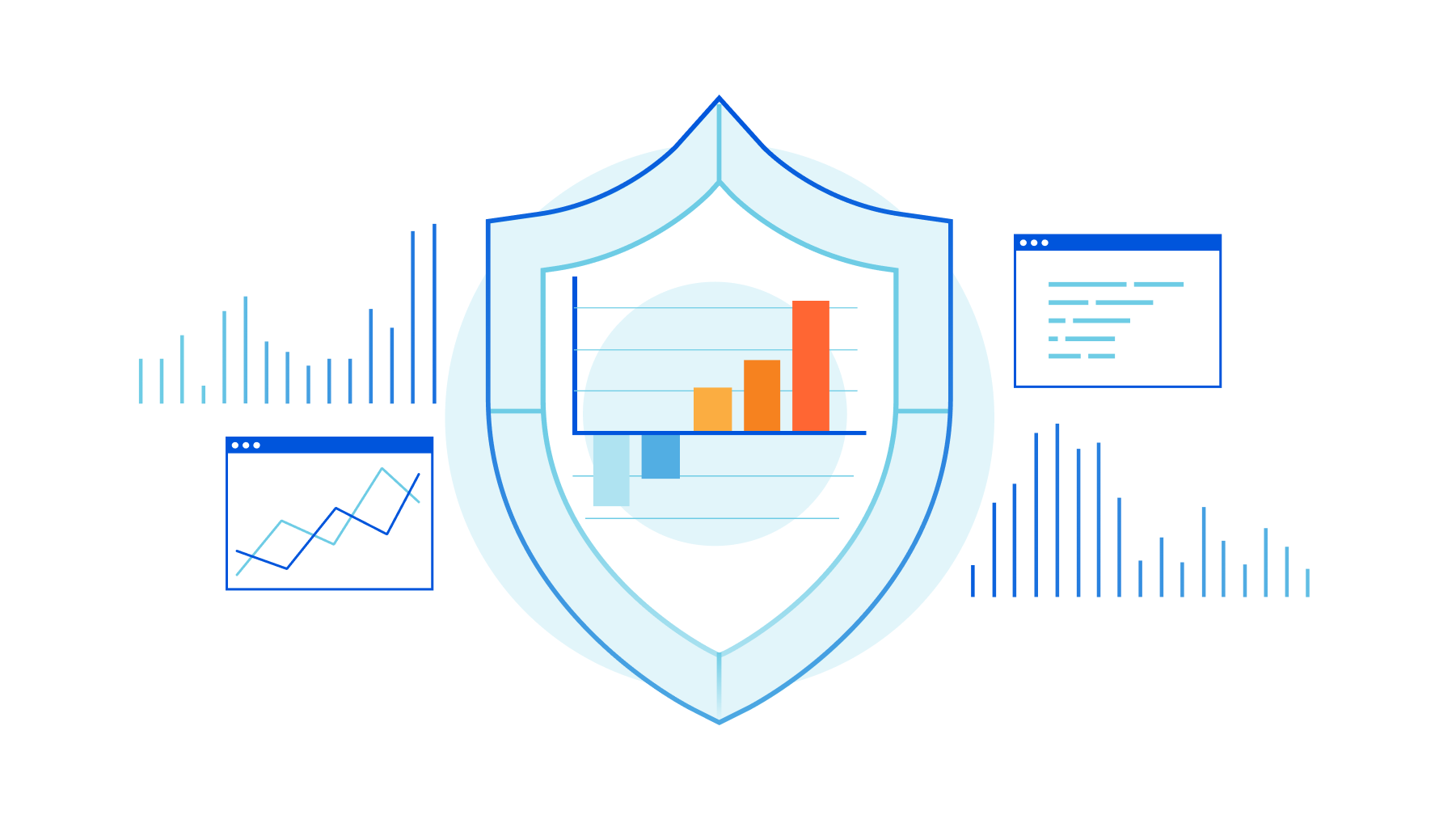
歡迎閱讀我們的 2022 年第二季 DDoS 報告。本報告包括有關 DDoS 威脅情勢的深入解析與趨勢,這些資訊從全球 Cloudflare 網路中觀察所得。Radar 上也會提供本報告的互動版本。
第二季度,我們看到了有史以來最大的一些攻擊,包括 Cloudflare 自動偵測並緩解的每秒 2600 萬個請求的 HTTPS DDoS 攻擊。此外,針對烏克蘭和俄羅斯的攻擊仍在繼續,而新的 DDoS 勒索攻擊活動又出現了。
更一步瞭解 Cloudflare 如何讓開放式網際網路流量流入俄羅斯,同時避免向外展開攻擊。
本報告基於 Cloudflare 的 DDoS 防護系統自動偵測和緩解的 DDoS 攻擊數。如需深入瞭解該系統的運作方式,請查看此深度剖析部落格貼文。
有關我們如何衡量在網路中觀察到的 DDoS 攻擊的說明
為分析攻擊趨勢,我們會計算「DDoS 活動」率,即攻擊流量在我們的全球網路中、特定位置或特定類別(如行業或帳單國家/地區)觀察到的總流量(攻擊流量+潔淨流量)中所佔的百分比。透過衡量這些百分比,我們能夠標準化資料點並避免以絕對數字反映而出現的偏頗,例如,某個 Cloudflare 資料中心接收到更多的總流量,因而發現更多攻擊。
我們的系統會持續分析流量,並在偵測到 DDoS 攻擊時自動套用緩解措施。每個受到 DDoS 攻擊的客戶都會收到提示,請求參與一個自動化調查,以幫助我們更好地瞭解該攻擊的性質以及緩解措施的成功率。
兩年多以來,Cloudflare 一直在對受到攻擊的客戶進行調查,調查中的一個問題是,他們是否收到威脅或勒索信,要求付款以換得停止 DDoS 攻擊。
第二季度報告威脅或勒索信的受訪者數量環比和同比增長 11%。在本季度,我們一直在緩解 DDoS 勒索攻擊,這些攻擊由自稱是進階持續威脅 (APT) 組織「Fancy Lazarus」的實體發起的。金融機構和加密貨幣公司成為這起活動的主要目標。

深入探究第二季度,我們可以看到,在 6 月份,每五名受訪者中就有一人報告收到 DDoS 勒索攻擊或威脅 — 這既是 2022 年報告數量最多的月份,也是自 2021 年 12 月以來報告數量最多的月份。

應用程式層 DDoS 攻擊,特別是 HTTP DDoS 攻擊,旨在通過使 HTTP 伺服器無法處理合法用戶請求來破壞它。如果伺服器收到的請求數量超過其處理能力,伺服器將丟棄合法請求甚至崩潰,導致對合法使用者的服務效能下降或中斷。

第二季度,應用程式層 DDoS 攻擊數同比增長 44%。
整體來說,在第二季度,應用程式層 DDoS 攻擊數量同比增長 44%,但環比下降 16%。5 月是本季度最繁忙的月份。幾乎 47% 的應用程式層 DDoS 攻擊都發生在 5 月,而 6 月發生的攻擊數最少 (18%)。

針對航空和太空業的攻擊數環比增長 256%。
第二季度,航空和太空是遭受應用程式層 DDoS 攻擊最多的產業。銀行、金融機構和保險業 (BFSI) 緊隨其後,而遊戲/博彩業則位居第三。

媒體和出版公司是烏克蘭遭受攻擊最多的公司。
隨著烏克蘭地面、空中和水面戰爭的繼續,網路空間的戰爭也在繼續。將烏克蘭公司作為攻擊目標的實體似乎在試圖掩蓋資訊。烏克蘭遭受攻擊最多的前六大產業均為廣播、網際網路、網路媒體和出版業 — 這幾乎占所有針對烏克蘭的 DDoS 攻擊的 80%。

而戰爭的另一方,俄羅斯的銀行、金融機構和保險 (BFSI) 公司受到的攻擊最多。幾乎 50% 的 DDoS 攻擊的目標都是 BFSI Continue reading

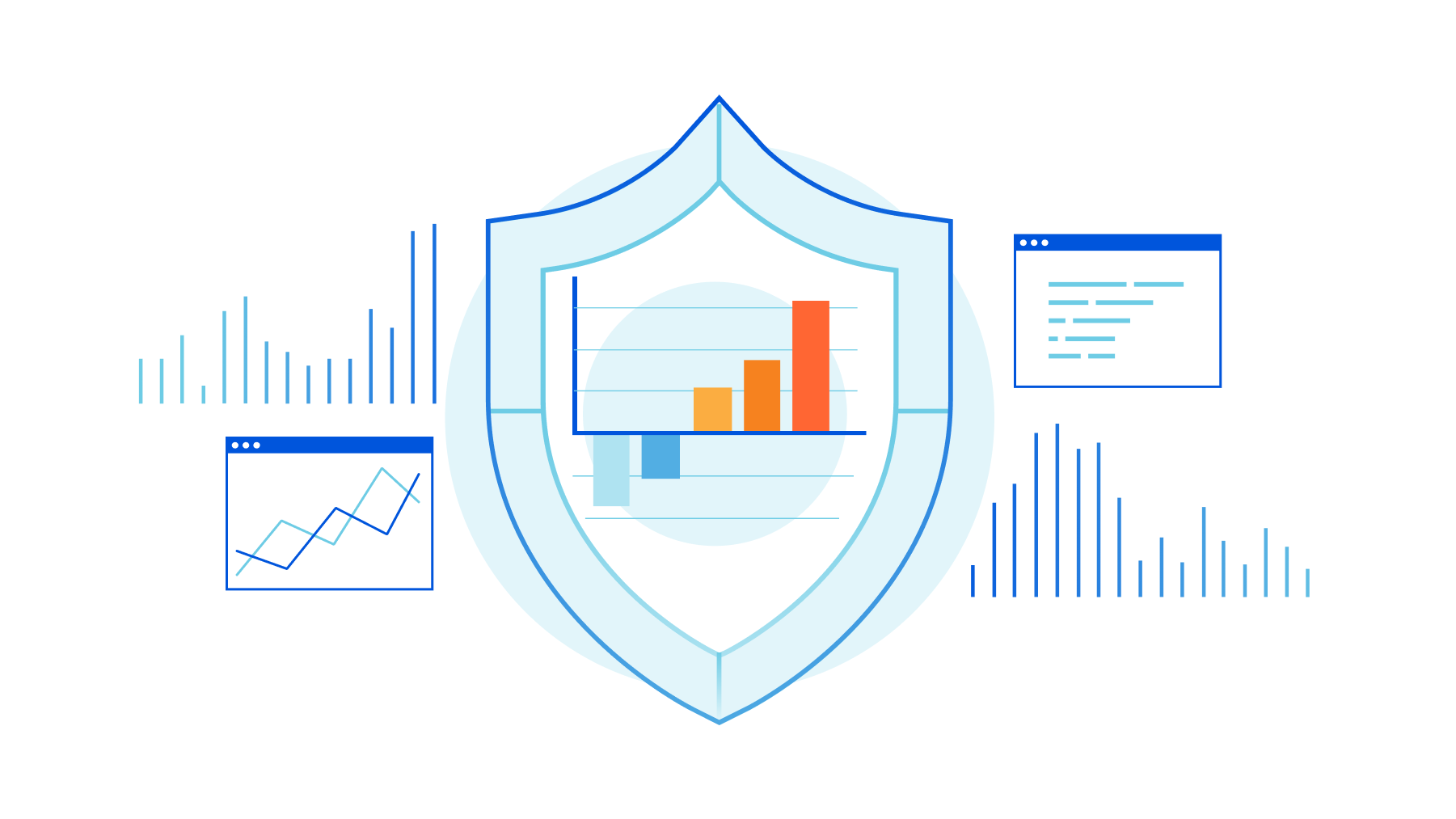
2022年第2四半期DDoSレポートへようこそ。このレポートには、グローバルなCloudflareネットワークで観測されたDDoS脅威の状況についてのインサイトと動向が含まれています。また、本レポートのインタラクティブ版はRadarでご覧いただけます。
毎秒2600万件のリクエストのHTTPS DDoS攻撃をCloudflareが自動的に検出して軽減するなど、第2四半期には、これまでにない大規模な攻撃が発生しています。さらに、ウクライナとロシアに対する攻撃は続いており、新しいランサムDDoS攻撃キャンペーンも出現しています。
オープンインターネットのロシアへの流入を続けるため、攻撃を防ぐためにCloudflareが行っていることをご覧ください。
本レポートは、CloudflareのDDoS Protectionシステムによって自動的に検知・軽減されたDDoS攻撃に基づいています。この仕組みの詳細については、詳しく書かれたこちらのブログ記事をご覧ください。
当社ネットワークで観測されたDDoS攻撃の測定方法についての特記事項
攻撃の傾向を分析するために、当社のグローバルネットワーク、特定の場所、または特定のカテゴリ(業界や請求先の国など)で観測された総トラフィック(攻撃+クリーン)に占める攻撃トラフィックの割合である「DDosの活動」レートを計算します。割合を測定することで、データポイントを正規化し、例えば総トラフィックが多く、攻撃回数も多いと思われるCloudflareデータセンターに対する絶対数に反映される数値の偏りを回避することができます。
当社のシステムはトラフィックを常時分析し、DDoS攻撃を検知すると自動的に被害軽減措置を適用するシステムです。DDoSの被害に遭われたお客様には、攻撃の性質や軽減措置の効果をよりよく理解するために、自動化されたアンケートをお願いしています。
Cloudflareは2年以上前から、攻撃を受けたお客様を対象にアンケートを実施しています。アンケート項目の1つに、DDoS攻撃を中止する代わりに脅威や支払いを要求する身代金請求書を受け取ったかどうかというものがあります。
第2四半期に脅威や身代金要求メッセージがあったという回答は、前四半期比、前年比ともに11%増となりました。当四半期は、高度で継続的な脅威(APT)グループ、「Fancy Lazarus」を名乗るエンティティが仕掛けたランサムDDoS攻撃を軽減しています。金融機関や暗号通貨企業などを中心にキャンペーンを展開しています。

第2四半期に掘り下げると、6月には回答者の5人に1人がランサムDDoS攻撃や脅威を受けたと報告しています。これは2022年で最も高い月で、2021年12月以降最高となりました。

アプリケーション層DDoS攻撃(具体的にはHTTP DDoS攻撃)は通常、正当なユーザーリクエストを処理できないようにしてWebサーバーを停止させることを目的とします。処理能力を超えるリクエストが殺到すると、サーバーは正当なリクエストをドロップするか、場合によってはクラッシュし、その結果、正当なユーザーに対するパフォーマンスの低下や障害がに繋がります。

第2四半期のアプリケーション層DDoS攻撃は、前年比で44%増となりました。
全体として、第2四半期のアプリケーション層DDoS攻撃の量は、前年比で44%増となりましたが、前四半期比では16%減となりました。5月は当四半期で最も忙しい月でした。アプリケーション層DDoS攻撃は、全体の約47%が5月に発生したのに対し、6月に起きた攻撃数は最も少ないものでした(18%)。

航空・宇宙業界への攻撃は前四半期比で256%増となりました。
第2四半期では、アプリケーション層DDoS攻撃で最も標的とされたのは航空・宇宙業界でした。以下、銀行・金融機関・保険(BFSI)業界、ゲーミング/ギャンブル業界と続きます。

ウクライナで最も狙われているのはメディア企業と出版社です。
ウクライナでの戦争が地上、空中、水上で続いているように、サイバースペースでも戦争が続いています。ウクライナ企業を標的にするエンティティは、情報を封じ込めようとしているようです。ウクライナで最も攻撃された上位6業種は、すべて放送、インターネット、オンラインメディア、出版のもので、これはウクライナを標的とするDDoS攻撃全体のほぼ80%に相当します。

もう一方の側は、ロシアの銀行、金融機関、保険(BFSI)の企業が最も多くの攻撃を受けました。DDoS攻撃全体のほぼ50%がBFSIセクターを標的としました。2番目に最も標的となったのは暗号通貨業界、次いでオンラインメディアでした。

戦争の両側で、攻撃は高度に分散化され、世界中に分散されたボットネットが使用されていることが分かります。
第2四半期には、中国からの攻撃が112%増となった一方で、米国からの攻撃は43%縮小しています。
HTTP攻撃の発信元を理解するため、当社は攻撃のHTTPリクエストを生成したクライアントに属する送信元IPアドレスのジオロケーションを調べました。ネットワーク層の攻撃とは異なり、HTTP攻撃ではソースIPアドレスをスプーフィングすることはできません。ある国でのDDoS活動の割合が高いということは、その特定の国が攻撃を仕掛けているということではなく、その国の国境内から活動するボットネットが存在することを示しています。
HTTP DDoS攻撃の主な発生源として、第2四半期連続で米国がトップとなりました。米国に続く2位は中国、3位と4位はインドとドイツです。米国が1位を維持しているにもかかわらず、米国発の攻撃が前四半期比で43%減少した一方で、中国からの攻撃が112%、インドからの攻撃が89%、ドイツからの攻撃が50%と、他の地域からの攻撃は増加しています。

どの国が最もHTTP DDoS攻撃の標的になっているかを特定するため、お客様の請求先国別にDDoS攻撃を分類し、全DDoS攻撃に対する割合で表現しています。
米国を拠点とする国へのHTTP DDoS攻撃は前四半期比で45%増となり、アプリケーション層DDoS攻撃の主な標的として米国が1位に返り咲きました。中国企業への攻撃は前四半期比で79%減となり、1位から4位に下がりました。キプロスへの攻撃は171%増加し、第2四半期に最も攻撃された国第2位となりました。キプロスに続いて、香港、中国、ポーランドが続いています。

アプリケーション層攻撃は、エンドユーザーがアクセスしようとしているサービスを実行するアプリケーション(OSI参照モデルのレイヤー7)を狙うのに対し、ネットワーク層攻撃はネットワークインフラ(インラインルーターやサーバーなど)とインターネットリンクそのものを圧倒しようとします。

第2四半期のネットワーク層DDoS攻撃は前年比で75%増、100Gbps以上の帯域幅消費型攻撃は前四半期比で19%増となりました。
第2四半期は、ネットワーク層DDoS攻撃の総量が前年比で75%増となりましたが、前四半期と比較して大きな変化はありませんでした。4月は、攻撃の約40%が発生し、四半期で最も忙しい月となりました。

第2四半期の通信会社への攻撃は、前四半期比で45%増となりました。
ネットワーク層DDoS攻撃は、2四半期連続で通信業界が最も多く標的となりました。さらに、通信会社への攻撃は前四半期比で45%増となりました。2位はゲーミング業界、続いて情報技術・サービス企業でした。

米国ネットワークへの攻撃は前四半期比で70%増となりました。
第2四半期においても、米国は最も攻撃された国です。米国に続き、シンガポールが前四半期の4位から2位に急浮上しました。3位はドイツ、それから中国、モルディブ、韓国でした。

第2四半期にCloudflareがパレスチナとアゼルバイジャンで観測したトラフィックの約3分の1は、ネットワーク層DDoS攻撃の一部でした。
ネットワーク層DDoS攻撃の発生源を把握しようとする場合、アプリケーション層の攻撃解析と同じ方法は使えません。アプリケーション層DDoS攻撃を仕掛けるには、HTTP/S接続を確立するために、クライアントとサーバーの間でハンドシェイクを成功させる必要があります。ハンドシェイクを成功させるため、攻撃者はその送信元IPアドレスを偽装することができません。そのため攻撃者はボットネット、プロキシ、およびその他の方法を使用して身元を難読化させることができますが、攻撃側クライアントの送信元IPは偽装できないため、そのIPはアプリケーション層DDoS攻撃の発信源を正しく示しています。
一方、ネットワーク層DDoS攻撃を仕掛けるには、ほとんどの場合ハンドシェイクは必要ありません。攻撃者は攻撃元を難読化し、攻撃特性にランダム性を導入して単純なDDoS防御システムでは攻撃をブロックすることを困難にするために、ソースIPアドレスを偽装することができます。そのため、偽装された送信元IPに基づいて発信源の国を導き出した場合、「偽装された国」を得ることになります。
このため、ネットワーク層DDoS攻撃の発信源を分析する際には、攻撃の発信源を把握するためにスプーフィングされた(可能性のある)ソースIPではなく、トラフィックが取り込まれたCloudflareエッジデータセンターのロケーション別にバケットを構成します。世界270以上の都市にデータセンターがあるため、レポートで地理的な精度を実現できます。ただし、コスト削減から輻輳や障害管理まで、さまざまな理由でトラフィックがバックホールされ、さまざまなインターネットサービスプロバイダや国を経由してルーティングされる可能性があるため、この方法でも100%正確ではありません。
ネットワーク層DDoS攻撃の割合が最も高いCloudflareのロケーションとして、パレスチナが2位から1位に跳ね上がりました。パレスチナに続いて、アゼルバイジャン、韓国、アンゴラと続きます。


すべての地域と国を表示するには、インタラクティブマップをご覧ください。
第2四半期では、DNS攻撃が増加し、2番目に多い攻撃ベクトルとなりました。
攻撃ベクトルとは、攻撃者がDDoS攻撃を行う際に用いる手法のことで、IPプロトコル、TCPフラグなどのパケット属性、フラッディング方法などの基準を示す言葉です。
第2四半期において、ネットワーク層に対する全攻撃の56%は、SYNフラッド でした。SYNフラッドは、依然として最も一般的な攻撃ベクトルです。この攻撃は、ステートフルなTCPハンドシェイクの最初の接続リクエストを悪用します。この最初の接続リクエストの間、サーバーは新しいTCP接続に関するコンテキストを持たず、適切な保護がなければ、最初の接続リクエストのフラッドを軽減することが困難であることが分かるかもしれません。このため、攻撃者は保護されていないサーバーのリソースを容易に消費することができます。
SYNフラッドの次は、DNSインフラストラクチャを狙った攻撃、再びTCP接続フローを悪用するRSTフラッド、UDPを使った一般的な攻撃です。

第2四半期における、新たな上位の脅威にはCHARGEN、Ubiquiti、Memcachedを狙った攻撃があります。
上位の攻撃ベクトルを特定することは、組織が脅威の状況を理解するのに役立ちます。そうすることで、これらの脅威から身を守るためにセキュリティ体制を強化することができます。同様に、まだ攻撃の大部分を占めていない新たな脅威について知ることは、それらが大きな力となる前に軽減するのに役立ちます。
第2四半期には、Character Generatorプロトコル(CHARGEN)を悪用した増幅攻撃、露出したUbiquitiデバイスのトラフィックを反映した増幅攻撃、悪名高いMemcached攻撃が新たな脅威の上位にランクインしています。

第2四半期には、CHARGENプロトコルを悪用した攻撃が前四半期比で378%増となりました。
RFC 864(1983)で最初に定義されたCharacter Generator(CHARGEN)プロトコルは、インターネットプロトコルスイートのサービスで、その名の通り、文字を任意に生成し、クライアントが接続を閉じるまでクライアントへの送信を停止しません。その当初の目的は、テストとデバッグでした。しかし、増幅/リフレクション攻撃を生成するために非常に簡単に悪用される可能性があるため、めったに使用されません。
攻撃者は、被害者のソースIPをスプーフィングすることができ、世界中のサポートサーバーを騙して、任意の文字のストリームを被害者のサーバーに「戻す」ことができます。この種の攻撃は、増幅/リフレクションです。十分な数のCHARGENストリームが同時に発生すると、被害者のサーバーは、保護されていない場合、殺到して正当なトラフィックに対処できなくなり、結果としてサービス拒否が発生することになります。
第2四半期には、ユビキティに対する攻撃が前四半期比で313%増となりました。
Ubiquitiは、米国に拠点を置く企業で、消費者や企業向けにInternet of Things(IoT)デバイスを提供しています。Ubiquitiのデバイスは、UDP/TCPポート10001のUbiquiti Discoveryプロトコルを使用してネットワーク上で見つけることができます。
CHARGEN攻撃ベクトルと同様に、ここでも攻撃者はソースIPを被害者のIPアドレスに偽装し、10001番ポートを開放しているIPアドレスに吹き付けることができます。そして、それらは被害者に対応し、量が十分であれば実質的に殺到することになります。
第2四半期には、Memcached DDoS攻撃は前四半期比で281%増となりました。
Memcachedは、Webサイトやネットワークを高速化するためのデータベースキャッシュシステムです。CHARGENやUbiquitiと同様に、UDPをサポートするMemcachedサーバーは、増幅/リフレクション型DDoS攻撃を仕掛けるために悪用される可能性があります。この場合、攻撃者はキャッシュシステムからコンテンツをリクエストし、UDPパケットのソースIPとして被害者のIPアドレスをスプーフィングします。被害者には、最大51,200倍に増幅されたMemcacheのレスポンスが殺到することになります。
100Gbpsを超える帯域幅消費型攻撃は前四半期比で19%増となりました。3時間以上の攻撃は9%増加しました。
L3/4 DDoS攻撃の規模の測定には、さまざまな方法があります。1つは送信するトラフィックの量で、ビットレート(具体的にはテラビット/秒またはギガビット/秒)を使用して測定するものです。もう1つは送信するパケットの数で、パケットレート(具体的には、何百万パケット/秒)を使用して測定するものです。
ビットレートの高い攻撃は、インターネットリンクの閉塞を発生させることによってサービス妨害を起こそうとし、パケットレートの高い攻撃はサーバーやルーター、その他のインラインハードウェア機器を過負荷状態に陥れようとします。これらの機器は各パケットの処理に特定量のメモリと計算能力を割きます。多数のパケットが送り付けられると機器の処理リソースが枯渇してしまう可能性があります。その場合はパケットが「ドロップ」されます。つまり、機器がそれらを処理できない状態となるのです。ユーザーに対しては、サービスの中断や拒否になります。
ネットワーク層DDoS攻撃の大半は、毎秒5万パケット以下にとどまっています。50kppsはCloudflareの規模では低い方ですが、それでも保護されていないインターネットのプロパティを簡単にダウンさせ、標準的なギガビットイーサネット接続でさえも輻湊させることができます。

攻撃規模の変化を見ると、50 kppsを超えるパケット集中型の攻撃が第2四半期に減少し、その結果、小規模な攻撃が4%増加したことがわかります。

第2四半期は、ネットワーク層DDoS攻撃の大半が500Mbps未満にとどまっています。これもCloudflareの規模ではわずかな減少ですが、保護されていないインターネットのプロパティを即座に停止させ、また少なくとも標準的なギガビットイーサネット接続でさえも輻湊を引き起こすことができます。

興味深いことに、500Mbpsから100Gbpsの間の大規模な攻撃は前四半期比で20~40%減少しましたが、100Gbps以上の帯域幅消費型攻撃は8%増加しました。

第2四半期では、3時間以上の攻撃は9%増となりました。
当社では、攻撃が当社のシステムによって最初に検出されたときと、特定のターゲットに向けた攻撃シグネチャを持つ最後のパケットを確認したときの差を記録することによって、攻撃の持続時間を測定しています。
第2四半期では、ネットワーク層DDoS攻撃の51%が10分未満で終了しました。さらに41%は10〜20分でした。残りの8%は、20分から3時間以上にわたる攻撃です。
留意すべき重要な点は、たとえ数分間の攻撃であっても、それが成功すれば、その影響は最初の攻撃時間をはるかに超えて続く可能性があるということです。攻撃が成功した場合、対応するIT担当者はサービスの復旧に数時間から数日を費やすことがあります。

ほとんどの攻撃が短時間になっているものの、20分〜60分の攻撃が15%以上、3時間以上の攻撃が12%増となっていることがわかります。

短時間の攻撃は検出されない可能性があり、特に標的に対して数秒以内に大量のパケットやバイト、リクエストを送りつけるバースト攻撃は見逃されがちです。この場合、セキュリティ分析に基づく手作業の軽減措置に依存するDDoS攻撃対策では、攻撃への被害軽減措置がとても間に合いません。攻撃について事後の分析を通して学び、その攻撃固有のフィンガープリントでフィルタリングする新たなルールをデプロイして、次回の攻撃は検知できるよう願うしかありません。同様に、「オンデマンド」サービスを利用してセキュリティチームが攻撃中にDDoS対策サービスのプロバイダーへトラフィックをリダイレクトする場合も、オンデマンドDDoS対策のプロバイダーへトラフィックがルーティングされる前に攻撃が済んでしまうため非効率です。
これらの企業では、トラフィックを分析し、短時間の攻撃をブロックするのに十分な速さでリアルタイムのフィンガープリンティングを適用する、自動化された常時稼働型のDDoS攻撃対策サービスを使用することが推奨されます。
Cloudflareのミッションは、より良いインターネットの構築を支援することです。より良いインターネットとは、たとえDDoS攻撃に直面しても、誰にとっても、より安全で、より速く、より信頼できるインターネットです。ミッションの一環として、2017年以降、すべてのお客様に定額制で無制限のDDoS攻撃対策を無償で提供しています。ここ数年、攻撃者がDDoS攻撃を仕掛けることはますます容易になってきています。しかし、このように簡単になったからこそ、あらゆる規模の組織があらゆる種類のDDoS攻撃から身を守ることも、これまで以上に簡単かつ無料でできるようにしたいと考えています。
まだCloudflareをお使いでない方は、当社のFreeまたはProプランを使用したWebサイトの保護を今すぐ始めるか、Magic Transitを使用したネットワーク全体の包括的なDDos攻撃対策に関してお問い合わせください。
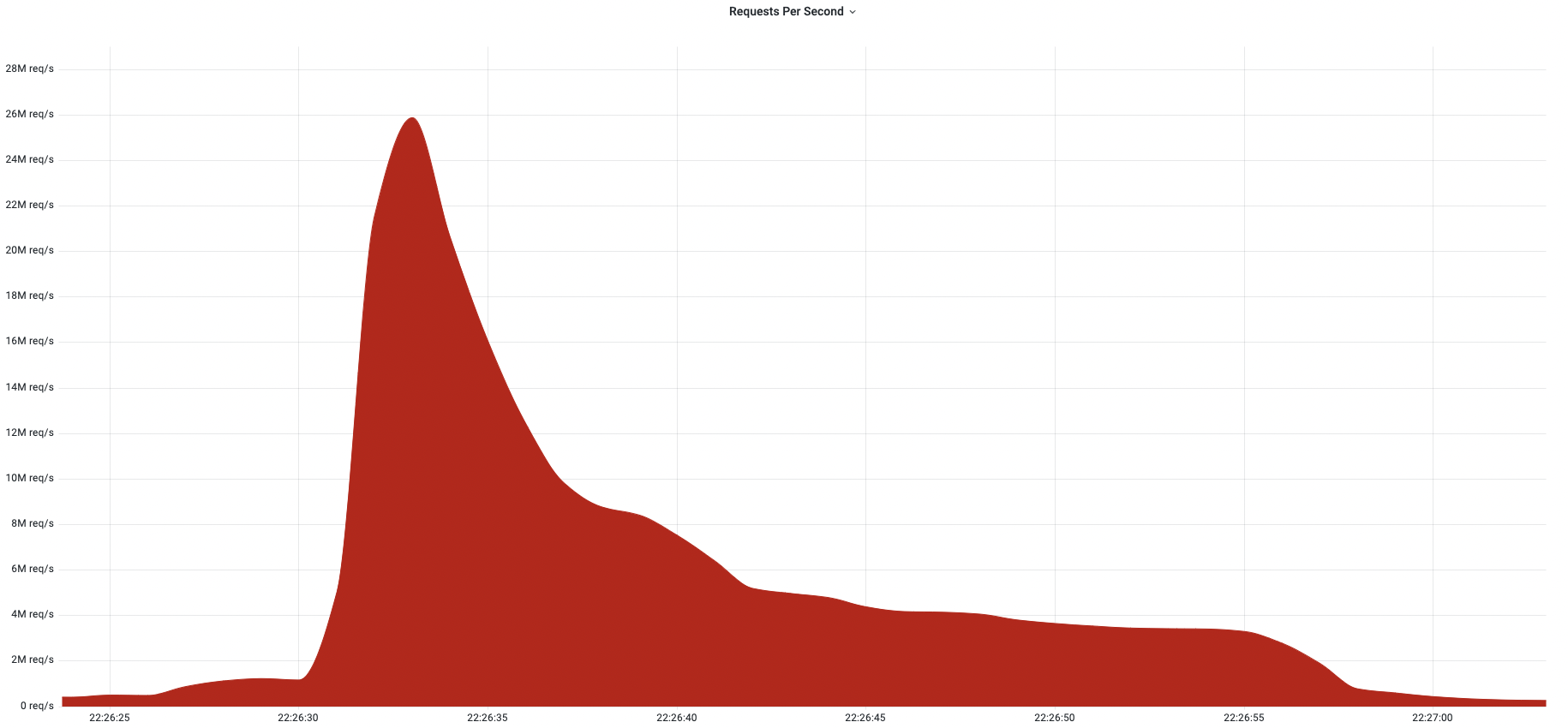
Last week, Cloudflare automatically detected and mitigated a 26 million request per second DDoS attack — the largest HTTPS DDoS attack on record.
The attack targeted a customer website using Cloudflare’s Free plan. Similar to the previous 15M rps attack, this attack also originated mostly from Cloud Service Providers as opposed to Residential Internet Service Providers, indicating the use of hijacked virtual machines and powerful servers to generate the attack — as opposed to much weaker Internet of Things (IoT) devices.

Over the past year, we’ve witnessed one record-breaking attack after the other. Back in August 2021, we disclosed a 17.2M rps HTTP DDoS attack, and more recently in April, a 15M rps HTTPS DDoS attack. All were automatically detected and mitigated by our HTTP DDoS Managed Ruleset which is powered by our autonomous edge DDoS protection system.
The 26M rps DDoS attack originated from a small but powerful botnet of 5,067 devices. On average, each node generated approximately 5,200 rps at peak. To contrast the size of this botnet, we’ve been tracking another much larger but less powerful botnet of over 730,000 devices. The latter, larger botnet wasn’t able to generate more than one Continue reading
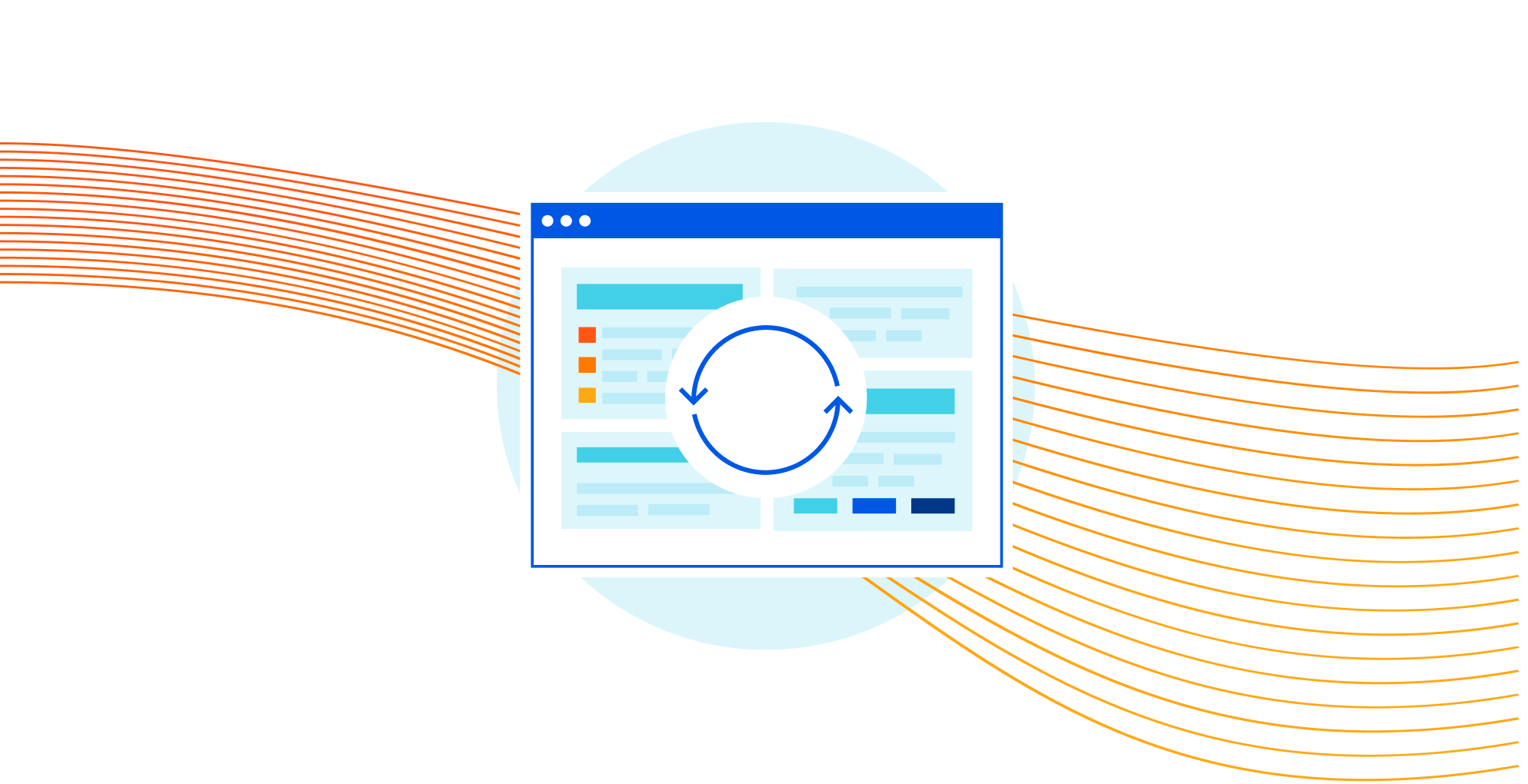
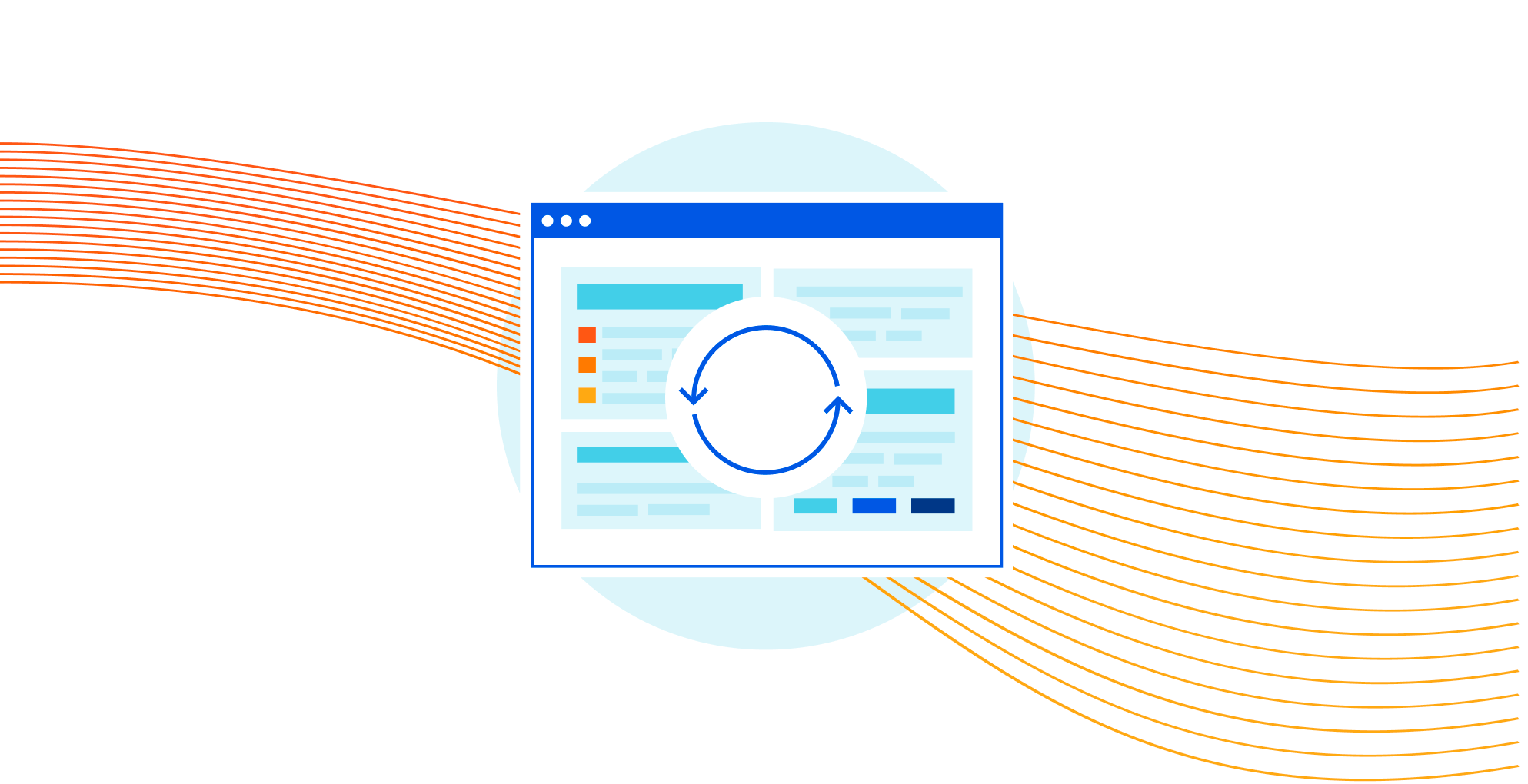
We’re excited to announce the availability of Network Analytics Logs. Magic Transit, Magic Firewall, Magic WAN, and Spectrum customers on the Enterprise plan can feed packet samples directly into storage services, network monitoring tools such as Kentik, or their Security Information Event Management (SIEM) systems such as Splunk to gain near real-time visibility into network traffic and DDoS attacks.
By creating a Network Analytics Logs job, Cloudflare will continuously push logs of packet samples directly to the HTTP endpoint of your choice, including Websockets. The logs arrive in JSON format which makes them easy to parse, transform, and aggregate. The logs include packet samples of traffic dropped and passed by the following systems:
Note that not all mitigation systems are applicable to all Cloudflare services. Below is a table describing which mitigation service is applicable to which Cloudflare service:
Mitigation System |
Cloudflare Service | ||
|---|---|---|---|
| Magic Transit | Magic WAN | Spectrum | |
| Network-layer DDoS Protection Ruleset | ✅ | ❌ | ✅ |
| Advanced TCP Protection | ✅ | ❌ | ❌ |
| Magic Firewall | Continue reading | ||
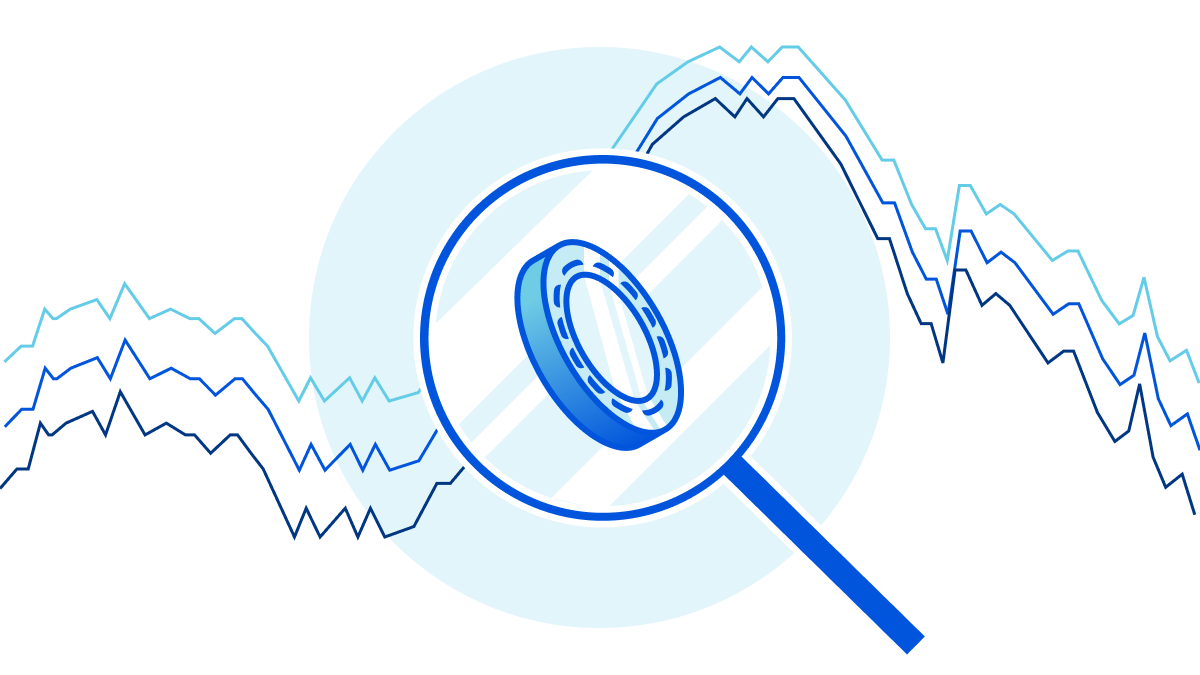
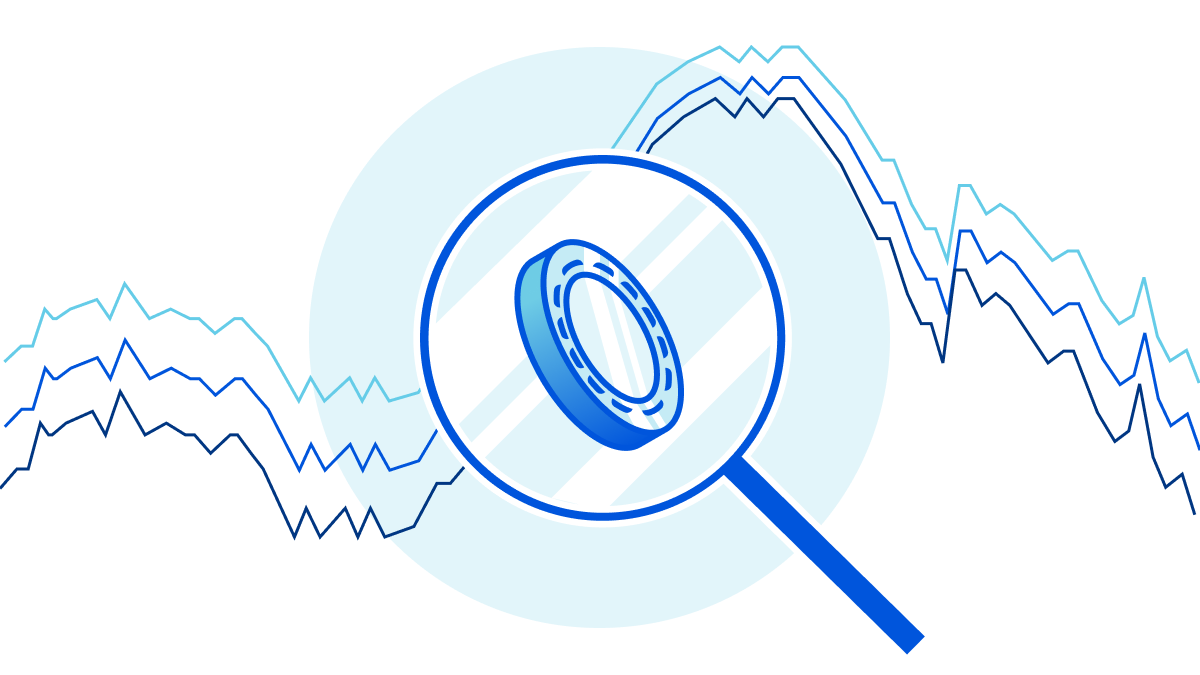
Earlier this month, Cloudflare’s systems automatically detected and mitigated a 15.3 million request-per-second (rps) DDoS attack — one of the largest HTTPS DDoS attacks on record.
While this isn’t the largest application-layer attack we’ve seen, it is the largest we’ve seen over HTTPS. HTTPS DDoS attacks are more expensive in terms of required computational resources because of the higher cost of establishing a secure TLS encrypted connection. Therefore it costs the attacker more to launch the attack, and for the victim to mitigate it. We’ve seen very large attacks in the past over (unencrypted) HTTP, but this attack stands out because of the resources it required at its scale.
The attack, lasting less than 15 seconds, targeted a Cloudflare customer on the Professional (Pro) plan operating a crypto launchpad. Crypto launchpads are used to surface Decentralized Finance projects to potential investors. The attack was launched by a botnet that we’ve been observing — we’ve already seen large attacks as high as 10M rps matching the same attack fingerprint.
Cloudflare customers are protected against this botnet and do not need to take any action.
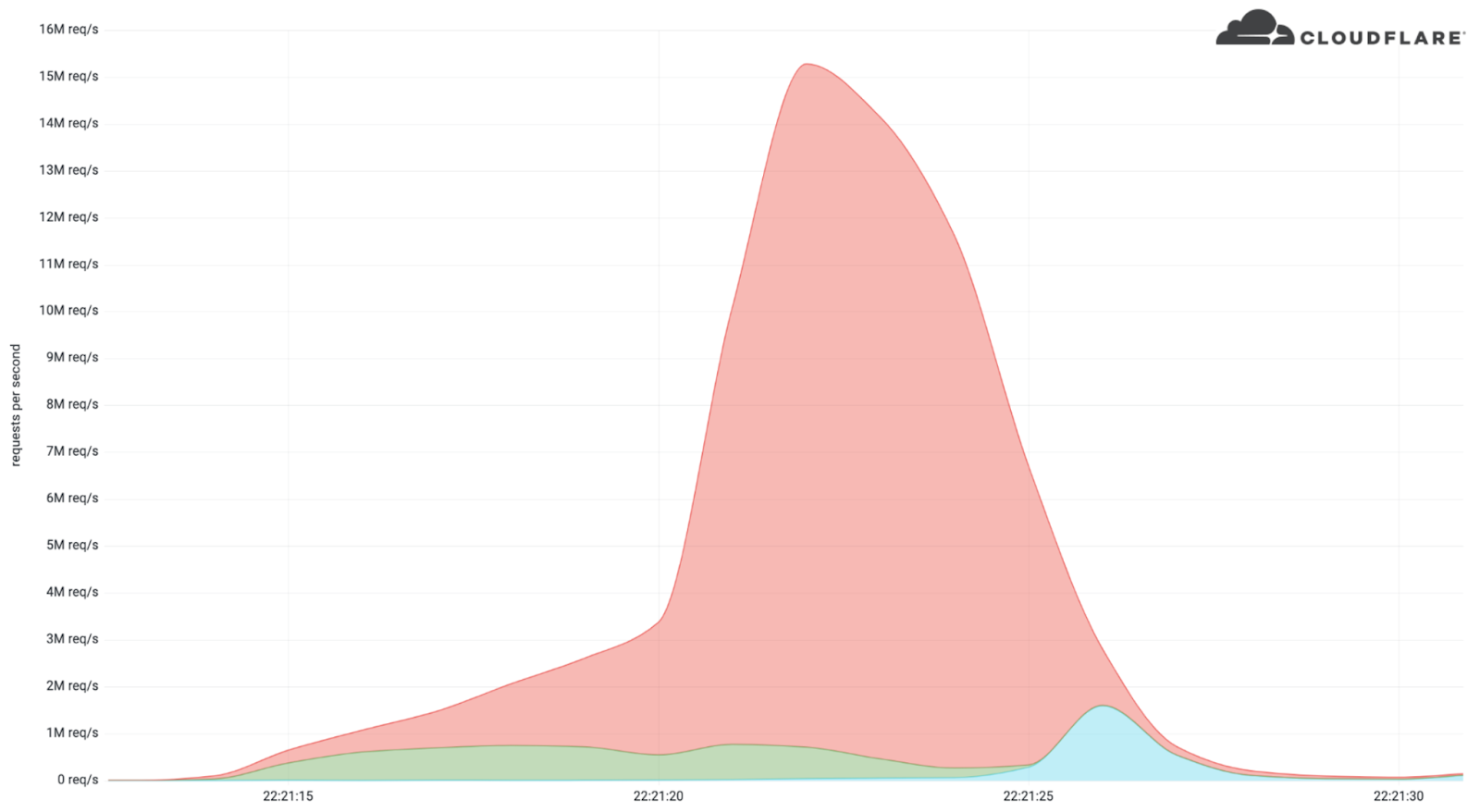
What’s interesting is that the attack mostly came from data centers. We’re Continue reading
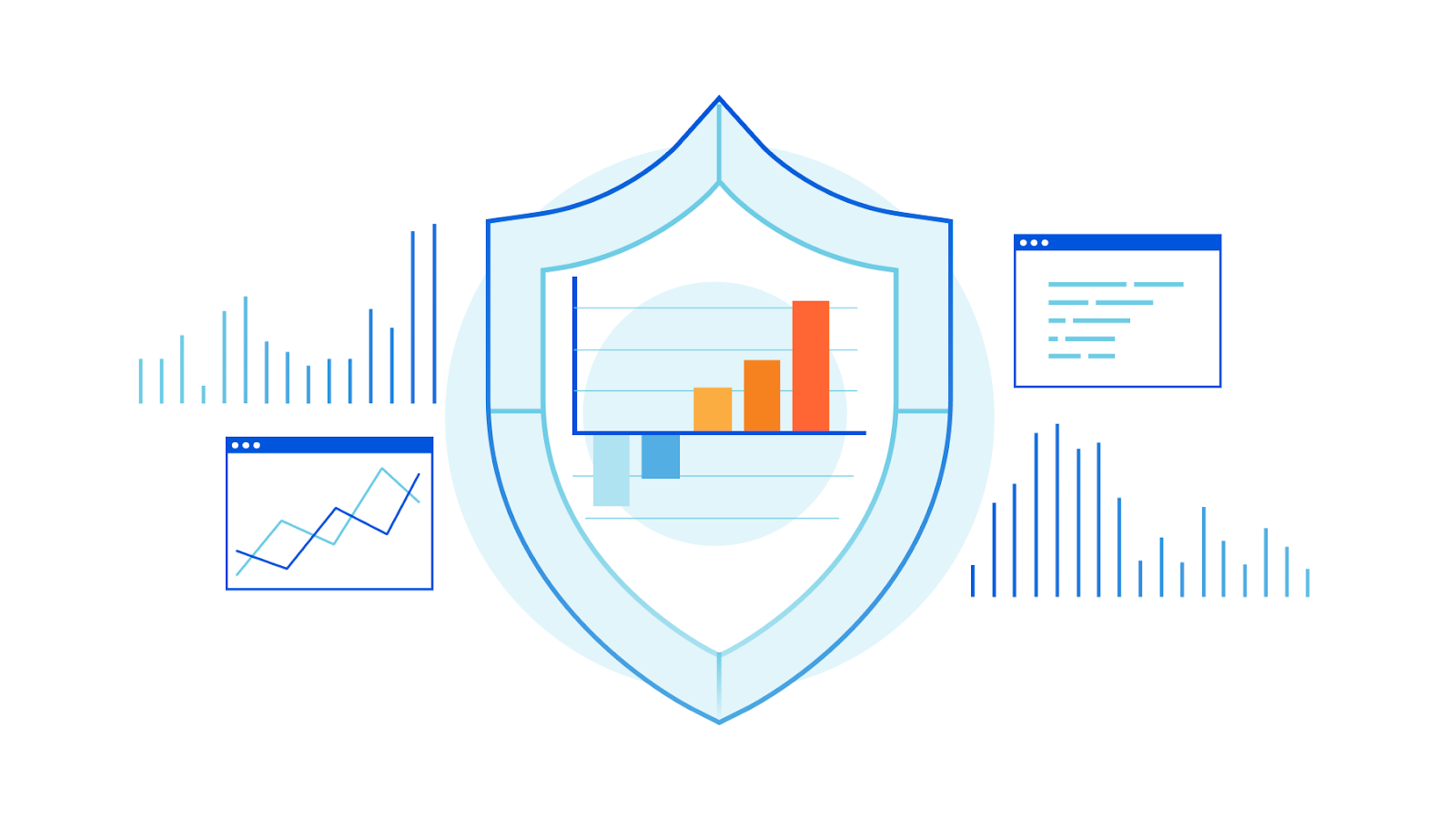
This post is also available in 日本語, Deutsch and Français.

Welcome to our first DDoS report of 2022, and the ninth in total so far. This report includes new data points and insights both in the application-layer and network-layer sections — as observed across the global Cloudflare network between January and March 2022.
The first quarter of 2022 saw a massive spike in application-layer DDoS attacks, but a decrease in the total number of network-layer DDoS attacks. Despite the decrease, we’ve seen volumetric DDoS attacks surge by up to 645% QoQ, and we mitigated a new zero-day reflection attack with an amplification factor of 220 billion percent.
In the Russian and Ukrainian cyberspace, the most targeted industries were Online Media and Broadcast Media. In our Azerbaijan and Palestinian Cloudflare data centers, we’ve seen enormous spikes in DDoS activity — indicating the presence of botnets operating from within.


A zero-day vulnerability in the Mitel MiCollab business phone system has recently been discovered (CVE-2022-26143). This vulnerability, called TP240PhoneHome, which Cloudflare customers are already protected against, can be used to launch UDP amplification attacks. This type of attack reflects traffic off vulnerable servers to victims, amplifying the amount of traffic sent in the process by an amplification factor of 220 billion percent in this specific case.
Cloudflare has been actively involved in investigating the TP240PhoneHome exploit, along with other members of the InfoSec community. Read our joint disclosure here for more details. As far as we can tell, the vulnerability has been exploited as early as February 18, 2022. We have deployed emergency mitigation rules to protect Cloudflare customers against the amplification DDoS attacks.
Mitel has been informed of the vulnerability. As of February 22, they have issued a high severity security advisory advising their customers to block exploitation attempts using a firewall, until a software patch is made available. Cloudflare Magic Transit customers can use the Magic Firewall to block external traffic to the exposed Mitel UDP port 10074 by following the example in the screenshot below, or by pasting the following expression into their Magic Firewall Continue reading


Today is the International Holocaust Remembrance Day. On this day, we commemorate the victims that were murdered by the Nazis and their accomplices.
During the Holocaust, and in the events that led to it, the Nazis exterminated one third of the European Jewish population. Six million Jews, along with countless other members of minority and disability groups, were murdered because the Nazis believed they were inferior.
Cloudflare’s Project Galileo provides free protection to at-risk groups across the world including Holocaust educational and remembrance websites. During the past year alone, Cloudflare mitigated over a quarter of a million cyber threats launched against Holocaust-related websites.
In the Second World War and the years leading up to it, antisemitism served as the foundation of racist laws and fueled violent Pogroms against Jews. The tipping point was a night of violence known as the Kristallnacht ("Night of Broken Glass"). Jews and other minority groups were outlawed, dehumanized, persecuted and killed. Jewish businesses were boycotted, Jewish books burned and synagogues destroyed. Jews, Roma and other “enemies of the Reich'' were forced into closed ghettos and concentration camps. Finally, as part of the Final Solution for the Jewish Question, Continue reading